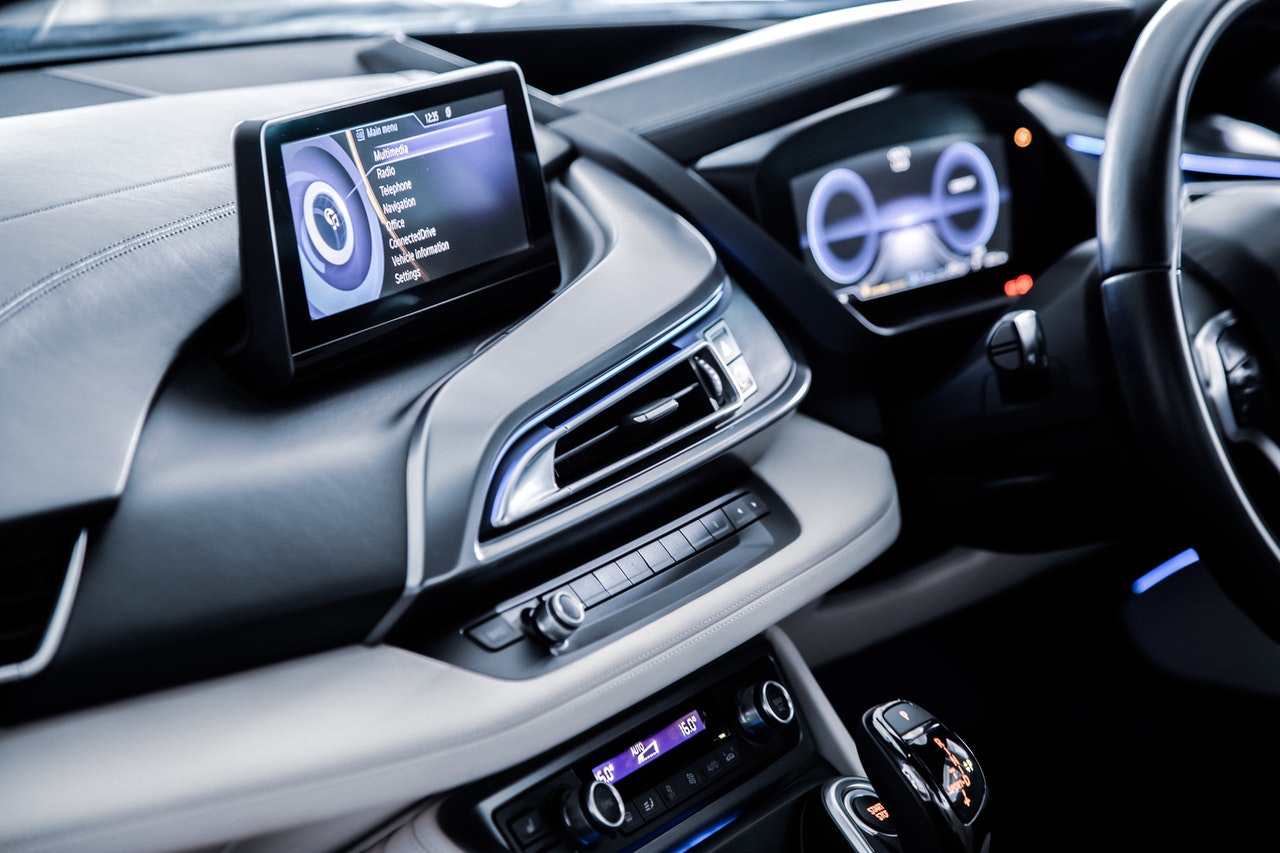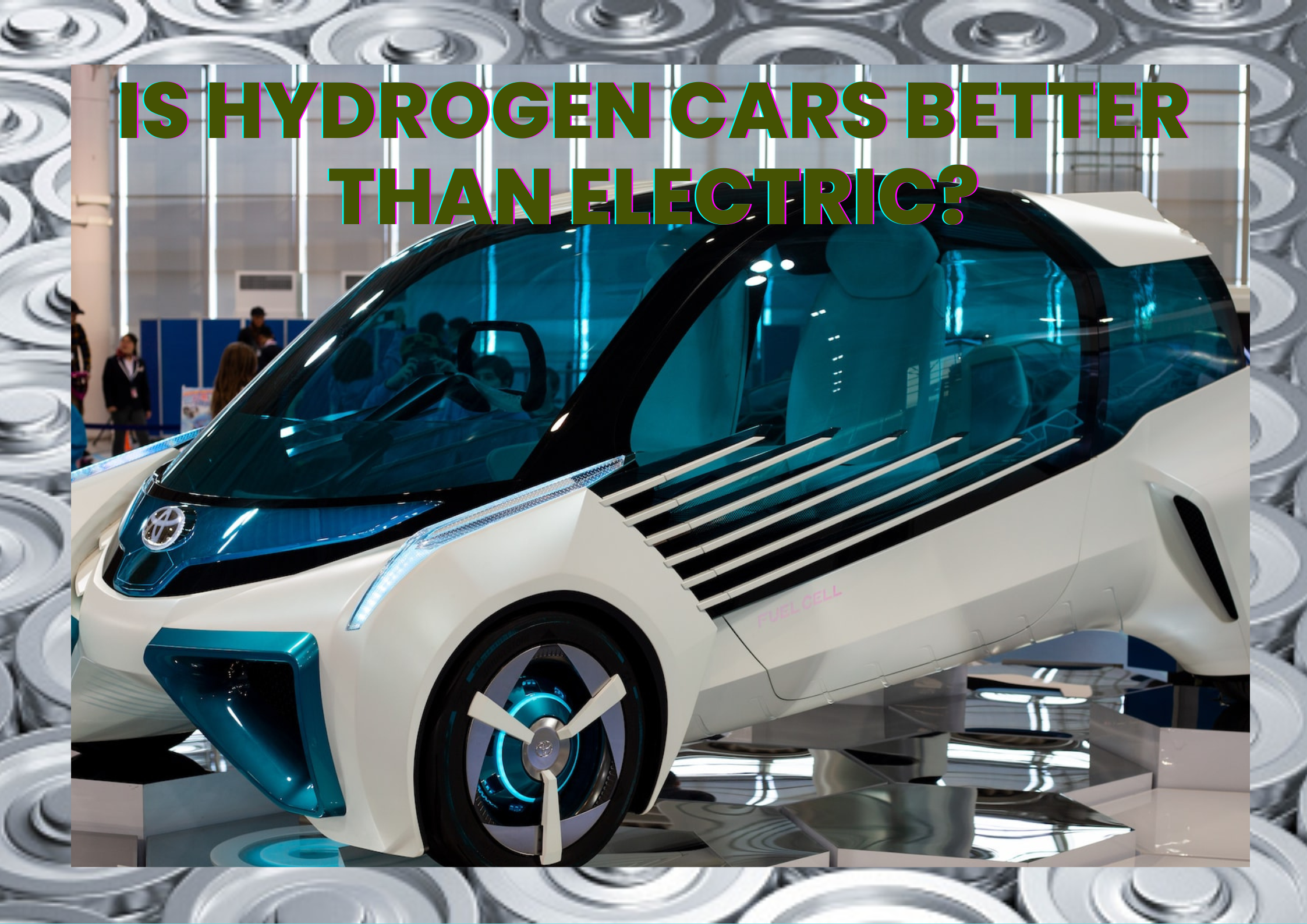We Indians consider our cars as friends for life and we are not going to sell them every year.
The next budget is likely to propose several initiatives for the sector with a particular focus on the fast growing Indian electric vehicle market. The Union Budget 2022-23, eagerly awaited by all stakeholders, will be key to setting the tone and blueprint for India’s economic recovery. The government has recently extended the parameters of the PLI program to companies in the automotive sector in order to increase the country’s self-sufficiency and increase domestic production, which is likely to be a prologue to the Union’s budget. With the start of the new fiscal year in India, government action in support of the electric vehicle industry should be more inclusive and cover a wider range of electric mobility options.
The Government of India has taken several steps to promote electric vehicles in the country, subsidies, subsidies, infrastructure such as charging stations and legislation are some of the most valuable steps taken by the government. In addition to promoting electric vehicles, the government is also supporting a no-registration policy for petrol and diesel vehicles over 15 years old and diesel vehicles over 10 years old. The state and Utah are also taking steps to promote electric vehicles in their respective states.
In the 2022 budget, the electric vehicle industry expects to expand subsidies and improve existing infrastructure. The government’s EV campaign, supported by FAME II subsidies, has resulted in a huge increase in this category over the past year. Under the auspices of the FAME regime, policy stimulus for the electric vehicle industry has been implemented over the past eight years. In the second phase, FAME incentives were expanded into new categories and spending was also increased.
Low-speed electric vehicles (LSEVs), which account for more than 90 percent of all-electric vehicles sold in the country, have been removed from the grid. It is critical to include LSEV in the FAME plan to improve availability. Access and acceptance are made possible by accessibility. Expanding charging infrastructure to increase customer confidence is leading to faster adoption of electric vehicles.
Encouraging the installation of electric vehicle charging stations in existing neighborhoods, housing estates and commercial establishments will go a long way in building infrastructure. One of the prerequisites for accelerating the introduction of electric vehicles in the country is to solve problems related to the range of users. Two obstacles to the development of the sector are the lack of an efficient infrastructure for charging stations and the supply of batteries, which are currently mainly dependent on imports. Public sector stakeholders suggest that the government should help find a solution to this bottleneck and pave the way for electric vehicle adoption.
The government is expected to make its PLI plan more inclusive and reduce the goods and services tax on electric two-wheelers, according to electric vehicle and mobility entrepreneurs. The PLI plan incentivizes businesses to build or expand manufacturing capacity to increase local production by offering tax credits on up-selling. The companies also want the FAME II grant scheme to continue beyond 2023. To qualify for the recently announced Rs 25,938 crore PLI plan to boost battery-powered and hydrogen fuel cell vehicles, an automaker must earn at least Rs. Rs 10,000 crore and made a minimum investment of Rs 3,000 crore in fixed assets such as a factory.



